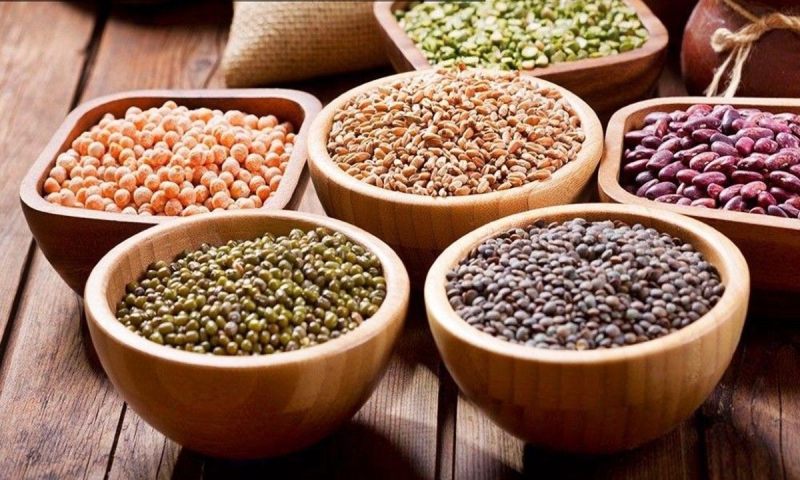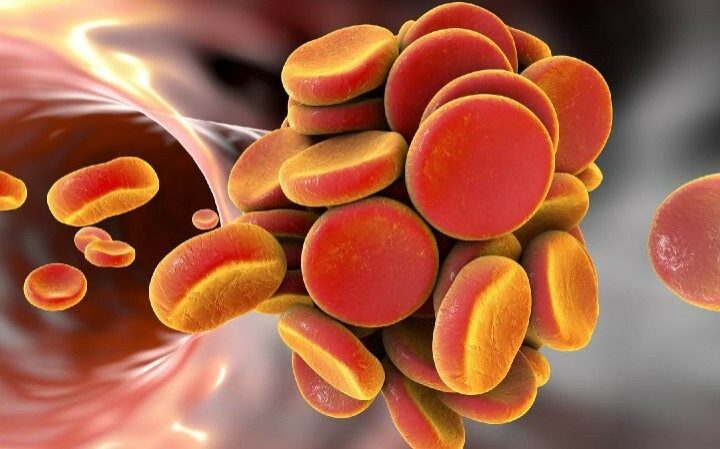A fundamental component of diets that promote health is whole grains. They are an excellent source of several health advantages and hundreds of bioactive components, in addition to being a strong source of B vitamins, selenium, magnesium, protein, and fiber. Including a range of whole grains in your meals and snacks can improve your general health and lower your chance of developing long-term health issues such as metabolic syndrome, heart disease, type 2 diabetes, systemic inflammation, and some types of cancer.
Whole grains are more satisfying than equivalent calories from refined grains because of their higher fiber and protein contents, which could aid in weight loss. Additionally, the fiber functions as a prebiotic to enhance your gut bacteria. According to public health recommendations, whole grains should make up at least half of your daily grain intake. Regretfully, the majority of Americans’ diets don’t contain enough whole grains.
Let’s explore the ten whole grains that science says are the healthiest. You’ll be prepared to incorporate these grains into your regular diet once you’ve learned more about their nutritional profiles and advantages.
1. Oats
Research on oats’ many health advantages has been conducted for decades. Soluble fiber, especially beta-glucan, found in oats has been demonstrated to help decrease cholesterol and enhance heart health. They’re a fantastic source of vitamins and antioxidants as well. A review paper that was published in the journal Foods claims that oats are a good source of bioactive substances such sterols, avenanthramides, and phenolic acids. Consuming oats enhances gut health and lowers the risk of dermatitis, heart disease, and several cancers. Oats’ high fiber content contributes to its ability to keep you feeling full.
2. Quinoa
Quinoa is a unique whole grain since it contains all nine essential amino acids and is considered a gluten-free food. This makes it a complete protein. In addition, it has high levels of fiber, vitamins, and minerals like iron and magnesium. Ancient quinoa, referred to as “mother grain” by the Incas, is revered as a sacred plant with a number of therapeutic benefits. Research indicates that it may aid in the prevention of a variety of chronic conditions, including celiac disease, diabetes, obesity, and anemia. According to study published in the journal Antioxidants, the numerous bioactive chemicals in quinoa that have therapeutic qualities—such as phytosterols, saponins, and phenolic compounds—are assumed to be the source of the health advantages.
3. Brown Rice
The bran, germ, and endosperm are all still present in whole grain brown rice. Brown rice thus offers fiber, protein, and numerous essential vitamins, minerals, and health-promoting bioactive substances. Brown rice contains important nutrients like selenium, phosphorus, and magnesium. More full than processed carbohydrates is brown rice, which digests more slowly. According to a study that was published in Applied Physiology, Nutrition, and Metabolism, people who ate brown rice as opposed to white rice had a higher likelihood of controlling their weight. Since rice doesn’t contain gluten, it’s a fantastic choice for people who are intolerant to wheat.
4. Barley
Oats and barley both have the unique soluble fiber known as beta-glucan, which contributes to their respective health benefits. Beta-glucan can help you feel fuller for longer by slowing down digestion. Additionally, it aids in maintaining appropriate insulin and blood sugar levels as well as lowering dangerous LDL cholesterol levels. According to study published in the journal Nutrients, several nations, including the US, permit a health claim on barley and barley-containing products for the cholesterol-lowering properties of beta-glucan from oats and barley. Important elements like potassium, iron, and B vitamins are also found in barley.
5. Buckwheat
Buckwheat, despite its name, is a seed linked to rhubarb and sorrel rather than wheat. It is regarded as a whole grain pseudocereal. In addition to being gluten-free, buckwheat is high in fiber, protein, and important minerals like manganese and magnesium. According to studies published in Food Science & Nutrition, buckwheat contains a variety of phytonutrients with established health advantages, such as flavonoids and phenolic compounds. Buckwheat phytonutrients have been shown to lower inflammation, lower risk of type 2 diabetes, lower risk of heart disease, and diminish some types of cancer.
6. Whole Wheat
The intact wheat kernel, with the nutrient-rich germ, the starchy endosperm, and the outer bran layer, is referred to as whole wheat. Frequent use of whole wheat products has been associated with a lower risk of type 2 diabetes, heart disease, and stroke. Whole wheat’s high fiber content and the antioxidant phenolic chemicals found in the outer bran layer of the wheat kernel account for many of its health advantages. Antioxidants in bran have been linked to a lowered risk of colon cancer, heart disease prevention, and inflammation management, according to a study published in the journal Molecules.
7. Millet
A whole grain free of gluten, millet is high in protein, fiber, vitamins, and minerals. It contains a lot of magnesium, which is vital for healthy bones and muscles. Eating millet has been linked to better digestion and a lower risk of developing several cancers. A review paper that was published in the journal Cureus methodically examined millets’ health benefits. The researchers observed that additional bioactive substances and the fiber in millet have anti-cancer properties. Additionally functioning as a prebiotic, millet fiber also helps to balance insulin and blood sugar levels and slows down the process of digestion.
8. Amaranth
Known as a pseudo-cereal crop, amaranth is an ancient and sustainable grain. The crop was revered in addition to being utilized as food by the Aztecs, Mayans, and Incas in the sixteenth century. Protein, fiber, iron, manganese, magnesium, calcium, B vitamins, and selenium are all found in amaranth. Its potential health advantages are further enhanced by the fact that it is devoid of gluten and abundant in healthy phytonutrients with anti-inflammatory and antioxidant qualities. According to a review research that was published in the journal Foods, the phytonutrients in amaranth have anti-inflammatory, anti-cancer, and neuroprotective properties. In addition, it possesses antiviral and antibacterial properties and can support stable cholesterol and blood sugar levels.
9. Triticale
Triticale is a cross between wheat and rye that combines both cereals’ nutritional advantages. It offers iron, magnesium, potassium, B vitamins, protein, and fiber. Additionally, it has a wealth of bioactive antioxidant chemicals that support heart health, fight cancer, prevent diabetes, and offer other advantages. According to a review paper published in Food Chemistry, triticale contains polyphenols.
10. Sorghum
Originating in Africa about 800 B.C., sorghum has been gaining popularity globally as a sustainable grain that offers numerous health advantages. More important elements are found in sorghum than in corn, wheat, oats, rice, and quinoa combined. Gluten-free and high in phytochemical antioxidants is sorghum. It has been connected to decreased inflammation, better blood sugar regulation, and enhanced heart health. Sorghum boosted GLP-1 hormone in one study that was published in Molecular Nutrition Food Research, which helped participants feel fuller for longer.
Including a range of whole grains in your diet can make a big difference in your general health and wellness. Every whole grain, including sorghum and quinoa, has distinct nutritional advantages that have been verified by science. You may enjoy tasty, nourishing foods and benefit from the many health benefits of whole grains by incorporating them into your meals on a regular basis.
- Consuming These Items ‘Can Add 13 Years To Your Life’ - July 13, 2024
- Easy Measures To Maintain Your Eyesight Sharp For Years To Come - July 10, 2024
- Thrive Global and OpenAI Present AI Health Coach for Chronic Illness - July 10, 2024









